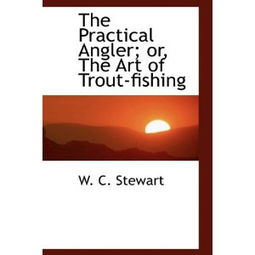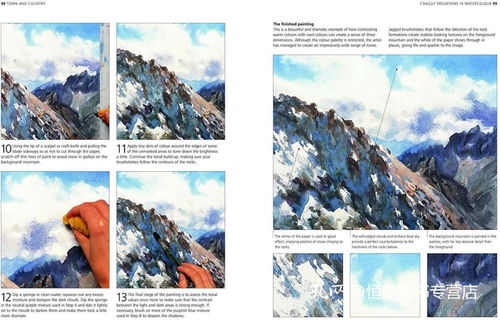Are you an aspiring angler looking to improve your fishing skills? Do you want to catch more fish with less effort? Look no further! In this comprehensive guide, we delve into the world of fishing and provide you with a treasure trove of tips and tricks that will elevate your fishing experience. To make it even easier for you to learn, we've created a step-by-step video tutorial that will walk you through each technique. Let's dive in and explore how to fish like a pro!
Choosing the Right Gear
Before you can start fishing, you need the right equipment. Here are some key points to consider when selecting your gear:
Rod and Reel:
- Length: Choose a rod that matches the type of fish you're targeting. Longer rods are great for casting, while shorter rods are better for tight spaces.
- Action: The action of a rod refers to how it bends when pressure is applied. Fast-action rods are great for fighting fish, while slow-action rods are better for casting lighter lures.
- Reel: Match the reel to your rod. Spincasting reels are user-friendly for beginners, while baitcasting reels offer more control.
Line:
- Type: Monofilament is the most common type of fishing line, offering good strength and flexibility. Fluorocarbon line is nearly invisible underwater and is great for clear water conditions.
- Strength: Choose a line strength that matches the size of the fish you're targeting. Thicker lines are stronger but may spook fish.
Lures and Baits:
- Lures: Lures mimic the movement of real fish and can be effective for attracting a variety of species. Soft plastics, spinnerbaits, and jigs are popular choices.
- Baits: Live bait, such as worms, minnows, and leeches, can be very effective, especially for larger fish.
Mastering the Basics
Once you have your gear, it's time to learn the basics of fishing:
Casting:
- Technique: Hold the rod with a comfortable grip and use your wrist to cast. Practice your casting technique to ensure you can cast accurately and with control.
- Distance: Aim for a distance that allows you to reach your desired spot without spooking the fish.
Baiting:
- Live Bait: Attach the live bait to your hook using a bait holder or a simple knot. Ensure the bait is presented in a natural manner.
- Artificial Lures: Attach the lure to the hook following the manufacturer's instructions. Pay attention to the weight and size of the lure, as these can affect its performance.
Lining Up:

- Ensure your line is tight and straight when you cast. This will help you to feel the bite and set the hook properly.
Advanced Techniques
Once you've mastered the basics, you can start experimenting with more advanced techniques:
Leader and Tippet:
- A leader is a length of line that connects your main line to your lure or bait. It's usually made of a lighter material than your main line to reduce visibility to fish.
- A tippet is a short section of line attached to the end of the leader. It allows you to change baits or lures without having to tie new ones.
Jigging:
- Jigging involves repeatedly lifting and dropping a lure in the water to mimic the action of a struggling fish. This technique is effective for many species, including walleye and pike.
Trolling:
- Trolling involves dragging a lure or bait behind a moving boat. This technique can cover a lot of water and is effective for catching fish that are suspended in the water column.
How to Fish: A Video Guide
To help you visualize and understand these techniques, we've created a detailed video guide. The video will walk you through each step, from selecting the right gear to mastering the casting technique. Here's a sneak peek at what you can expect:
- Introduction to Fishing Gear: Learn about the different types of rods, reels, lines, and lures available.
- Casting Techniques: Watch and practice various casting techniques to improve your accuracy and distance.
- Baiting and Leader Setup: Discover how to properly attach baits and lures, and learn about the importance of leaders and tippets.
- Advanced Techniques: Explore advanced fishing techniques like jigging and trolling, and see how they can help you catch more fish.
By following our video guide, you'll be well on your way to becoming a skilled angler. Remember, fishing is a skill that takes time to develop, so be patient and keep practicing. With the right knowledge and a bit of practice, you'll be reeling in the big ones in no time!
So, what are you waiting for? Grab your gear, tune in to our video guide, and start your journey to becoming a fishing pro today!












